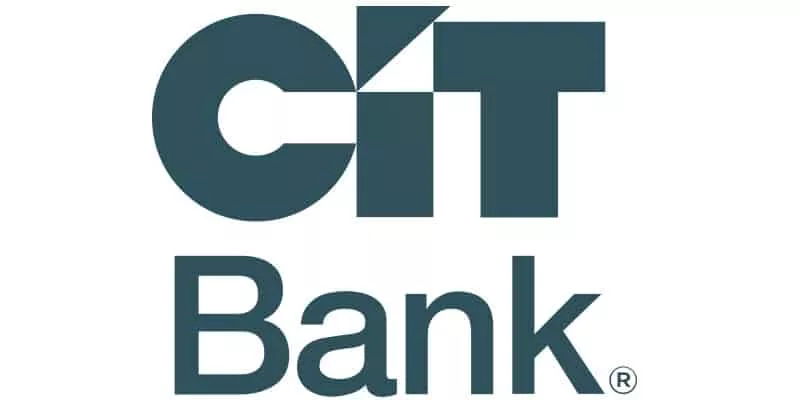Understanding the true cost of credit is essential for making informed financial decisions. One key metric that borrowers should always consider is the Annual Percentage Rate (APR).
APR is crucial because it helps you understand the true cost of borrowing money.
What is APR?
APR, which stands for Annual Percentage Rate, is a measure that reflects the true cost of borrowing money. It takes into account not just the interest rate, but also any fees or other charges associated with the loan.
APR provides a more accurate representation of the total cost of credit compared to just the stated interest rate. It's vital to anyone taking out a loan to grasp the difference in APR vs. Interest Rate.
When you take out a loan or use a credit card, the lender will provide you with the APR, which is the annual cost of the credit expressed as a percentage. This percentage represents the total amount you will pay over the course of a year, including interest and any other fees or charges.
APR is a standardized way of comparing the cost of different credit products, allowing borrowers to make more informed decisions.
While the interest rate may seem low, the APR can be significantly higher due to additional fees and charges. By focusing on the APR rather than just the interest rate, you can better evaluate the overall affordability of a credit product and make more informed financial decisions.
How is APR calculated?
The calculation of APR can be a bit complex, as it takes into account various factors beyond just the interest rate. The formula used to calculate APR varies depending on the type of credit product, but the general principle is the same.
For a simple loan, such as a personal loan or a car loan, the APR is calculated by taking the periodic interest rate and multiplying it by the number of periods in a year. This gives you the annual interest rate, which is then adjusted to account for any fees or charges associated with the loan.
For credit cards, the APR calculation is more complicated. It takes into account the periodic interest rate, the frequency of compounding, and any annual fees or other charges. The formula used for credit card APR is designed to provide a more accurate representation of the true cost of using the card over the course of a year.
Mortgage APR is calculated differently as well, taking into account the interest rate, points, and other fees associated with the loan. The APR for a mortgage is intended to help borrowers understand the overall cost of the loan, including the upfront fees and charges.
Why is APR important?
APR is important for several reasons:
- Comparison: APR allows you to compare the true cost of different credit products, such as loans, credit cards, and mortgages. This helps you make more informed decisions about which option is the most affordable for your financial situation.
- Transparency: APR provides transparency in the lending process, ensuring that borrowers are aware of the total cost of the credit they are considering. This helps prevent hidden fees or charges that can make a loan or credit card more expensive than it initially appears.
- Cost of Borrowing: APR gives you a clear understanding of the overall cost of borrowing money. This is particularly important when taking out a loan or using a credit card, as it allows you to budget and plan for the total amount you will need to repay.
- Regulation: In many countries, lenders are required by law to disclose the APR for their credit products. This regulation helps ensure that borrowers have access to the information they need to make informed decisions.
- Long-term Implications: Understanding APR can help you make better decisions about the long-term financial impact of taking on debt. A high APR can significantly increase the total amount you pay over the life of a loan or credit card, which can have a significant impact on your overall financial well-being.
By focusing on APR rather than just the interest rate, you can better evaluate the true cost of credit and make more informed financial decisions that align with your long-term financial goals.
Factors that can affect your APR
There are several factors that can influence the APR you are offered on a loan or credit card. Understanding these factors can help you negotiate better terms or identify ways to improve your APR.
- Credit Score: Your credit score is one of the most significant factors that lenders consider when determining your APR. Borrowers with higher credit scores are typically offered lower APRs, as they are seen as less risky.
- Loan Amount and Term: The amount of money you are borrowing and the length of the repayment period can also affect your APR. Larger loans or longer repayment terms may result in higher APRs.
- Collateral: If you are taking out a secured loan, such as a mortgage or a car loan, the value of the collateral can impact your APR. Loans with more valuable collateral often have lower APRs.
- Lender and Market Conditions: The specific lender you choose and the current market conditions can also influence your APR. Some lenders may offer more competitive rates than others, and market fluctuations can cause APRs to rise or fall over time.
- Loan Type: The type of loan you are seeking can also affect your APR. For example, credit card APRs tend to be higher than personal loan APRs, which are typically higher than mortgage APRs.
- Fees and Charges: Any additional fees or charges associated with the loan or credit product can increase the overall APR. These may include origination fees, annual fees, or other administrative costs.
Understanding these factors can help you negotiate better terms with lenders or take steps to improve your creditworthiness and qualify for a lower APR. By focusing on the APR rather than just the interest rate, you can make more informed decisions about the true cost of credit.
APR in different types of loans – mortgages, credit cards, personal loans
APR plays a crucial role in understanding the true cost of various types of loans, including mortgages, credit cards, and personal loans. Let's explore how APR is applied in each of these loan categories:
Mortgages
When it comes to mortgages, the APR is particularly important as it takes into account the interest rate, points, and other fees associated with the loan. The mortgage APR provides a more accurate representation of the total cost of the loan over the life of the mortgage, which can span several decades.
Mortgage APR is calculated by taking the interest rate, points, and other fees, and then expressing the total cost as an annual percentage. This allows borrowers to compare the true cost of different mortgage options, including fixed-rate and adjustable-rate mortgages, and make more informed decisions about the most suitable loan for their financial situation.
Cards
Credit card APR is often one of the most important factors to consider when using a credit card. The APR on a credit card reflects the annual cost of borrowing money, including the interest rate and any additional fees, such as annual fees or balance transfer fees.
Credit card APR can vary significantly, depending on the card issuer, the borrower's credit profile, and the type of card. It's essential to understand the APR on a credit card, as it can have a significant impact on the overall cost of carrying a balance from month to month.
Loans
Personal loans also have an APR that reflects the total cost of borrowing money. The personal loan APR includes the interest rate as well as any origination fees or other charges associated with the loan.
When comparing personal loan options, it's crucial to focus on the APR rather than just the interest rate. This allows you to understand the true cost of the loan and make an informed decision about the most affordable option for your needs.
Regardless of the type of loan, understanding the APR is crucial for making informed financial decisions.
By comparing the APR across different credit products, you can ensure that you are getting the best possible deal and minimizing the overall cost of borrowing money.
Conclusion
APR, or Annual Percentage Rate, is a crucial metric that borrowers must understand when evaluating the true cost of credit. By taking into account the interest rate as well as any additional fees or charges, APR provides a more accurate representation of the total cost of borrowing money over the course of a year.
Ultimately, by focusing on the APR rather than just the interest rate, you can make more informed decisions about the most affordable credit options for your financial situation. This knowledge can help you avoid hidden fees, negotiate better terms, and achieve your long-term financial goals.














